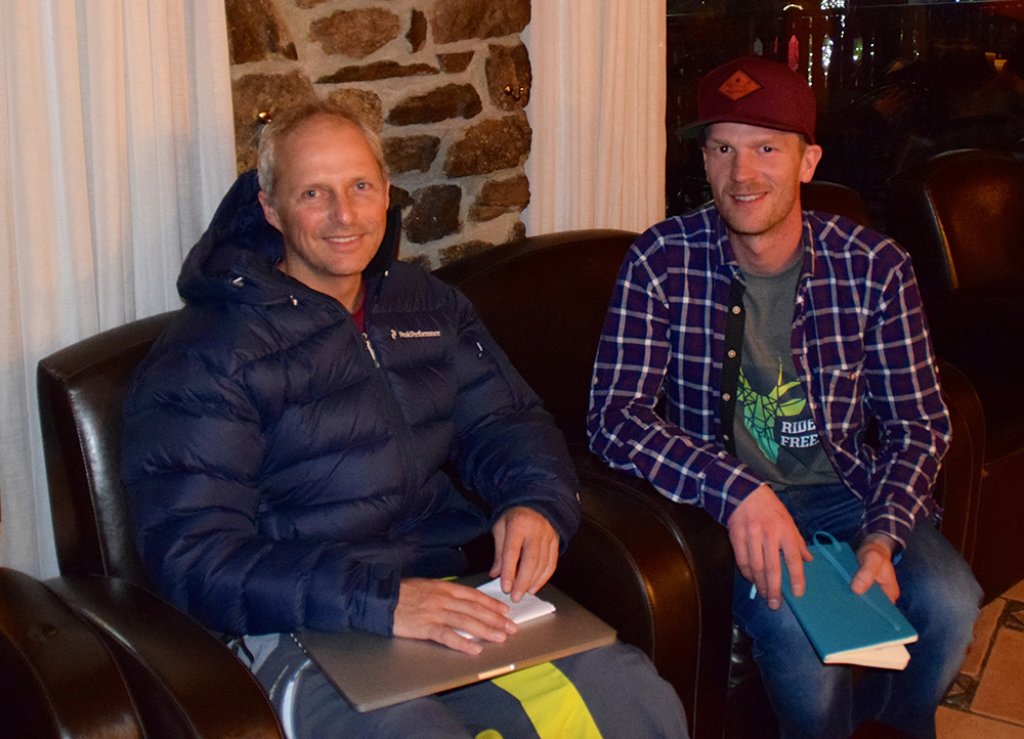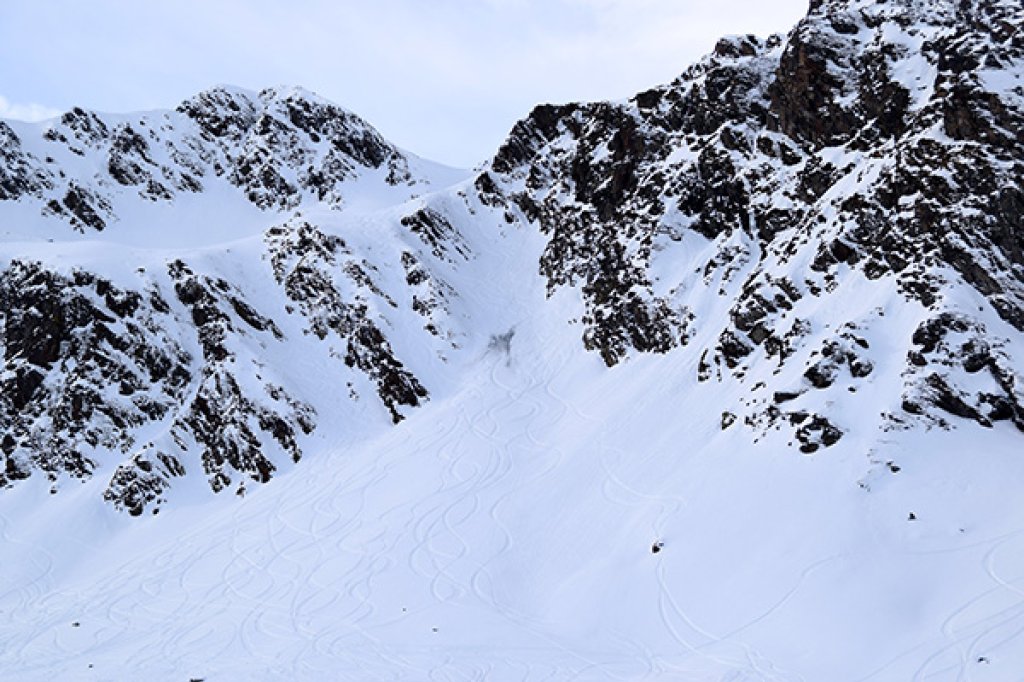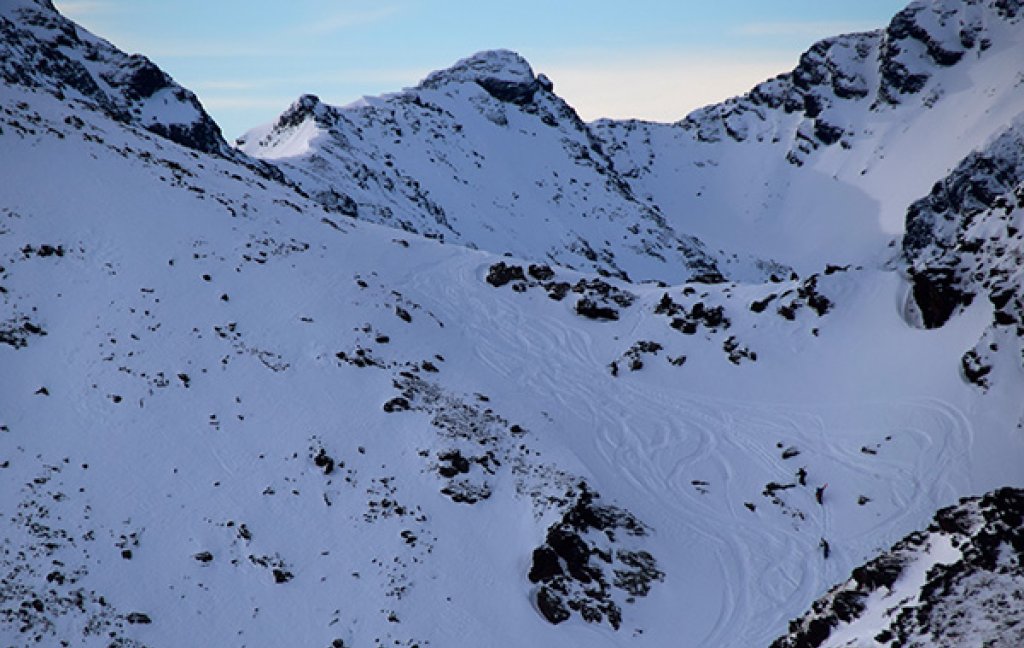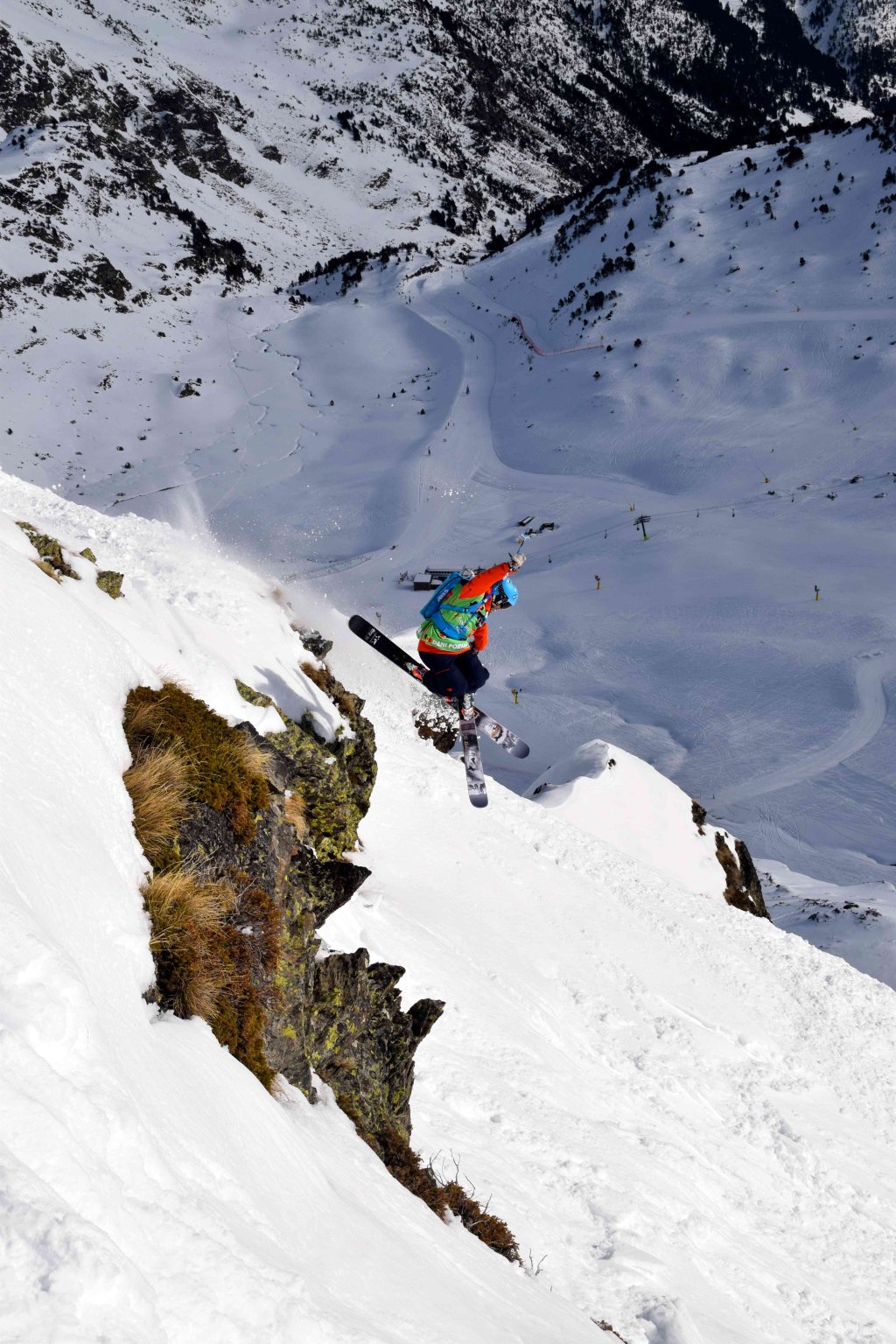The third tour stop of the Freeride World Tour in Saalbach-Hinterglemm/Leogang/Fieberbrunn is just around the corner. The riders will once again be battling for the judges' points to make the cut for the FWT stop in Alaska. To provide you with a little more background information, Benjamin Eggert spoke to Head Judge Berti Denervaud at the FWT stop in Andorra about safety issues and judging.
PG: First of all, we're interested in the issue of safety. Who decides whether the competition is held?
We form a team consisting of the slope control, local mountain guides and the organising committee. The assessment of the competition slope is made jointly. We inspected the terrain together on Monday (i.e. 5 days before the competition) and obtained all the necessary information such as weather, snow conditions and forecasts. The ski resort provides us with all the information and supports us in the assessment.
In the USA, for example, it's mainly the piste control that decides what can and can't be done, and we on the Freeride World Tour Committee don't have much say in that. We looked at the face on Monday and then decided on Wednesday to move the competition forward a day due to the weather conditions. The forecast for the actual day of the competition was for a disturbance with significant warming and rain.
It had snowed 50 cm on Monday and we blasted on Tuesday and Wednesday.
Then on Thursday we let the face "rest" so that everything could settle.
But we didn't blast the whole slope, we left a bit of powder. After all, it's a freeride competition and there's no such thing as 100% safe anyway.
PG: What information about safety and condition do the riders receive before the competition?
The riders get all the information we have. The riders inspect the slope with the whole team the day before the competition and then know, for example, where it has been blown up, but it is important to the riders and us that the slope remains rideable.
The day of the competition was then as safe as possible, but there is always a residual risk. This is also the message we want to send to the spectators. We are well aware of the image we convey and are sometimes concerned that many identify with the riders and want to ride similar things. We therefore always communicate the safety aspect and the preparation we make: no terrain is safer and no rider is more "protected" than at the competition.
We have also been running a worldwide "Freeride Education" programme called the Freeride World Tour Club for some time now. We are in close contact with ski schools that provide training on the subject of freeriding. Safety and avalanche awareness are at the forefront of this programme.
PG: Today I also climbed up to the summit at the start and met 3 young riders who had not yet switched on their avalanche transceivers. Is there a reason why the riders only switch on their avalanche transceivers at the top, even if the ascent was considered very safe?
I agree with you, that's not ideal. At the top, we always check that the equipment is complete (avalanche transceiver, back protector, helmet and avalanche rucksack), but to be honest: we also have to have someone check it at the bottom before the skiers go up, as the competition and safety already starts on the ground. This is also done at the other venues. Here the climbs are sometimes much more difficult and exposed.
PG: Now we are interested in the judging. How do you rate it and how do you decide that it was the best ride?
This is very complex. There are 5 criteria in total: Line choice/where do they go through (most important), difficulty, safety, speed and tricks or air&style. The most important thing for us from the jury is: what could the rider have done better and did he get the maximum out of his line. If we think that there could have been a bit more in his line, or if we recognise that the rider is avoiding a planned jump, points are deducted.
Air&style is what people always understand best; was the jump far, high and/or with a lot of style? It's not only the airtime that counts, but also the landing. So you can do a great jump but have a bad or unclean landing and get fewer points as a result. There are then additional points for speed, line choice and air&style. in the event of falls, unclean landings or slow riding points can be deducted.
After the run, we on the jury then compare our scores. We sometimes have discussions, but we usually agree and award similar scores. A run takes about 3 minutes and then you have 45 seconds to rate everything. We score the run on a documentation form, where we can follow the whole slope and mark falls etc. By the way, we look at the run from the superior side of the slope, but the cameras from the helicopter are then our additional eye.
PG: Do you have to be an experienced rider to sit on the jury?
In any case, you have to be an experienced rider, but it is even more important that the person can concentrate for 4 hours and, above all, memorise everything. For example, we have 120 qualified judges. At a competition there are four of us. The judges qualify in the same way as the riders and start with the juniors before they judge the adults.
Finally, it is important for me to mention that it is not important whether you make a spectacular air. Every participant has their own unique skills and that makes it a very open competition, but we as judges are also expected to have a very diverse point of view.
(this interview was conducted in English, freely translated and abridged)
Here is the line choice of the men's ski winner: Kristoffer Turdell (SWE)
Winning run Kristoffer Turdell (SWE...from FreerideWorldTourTV





